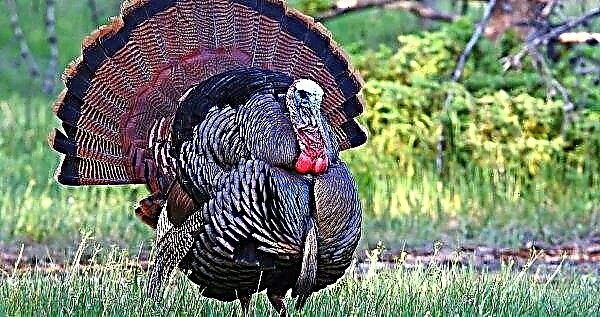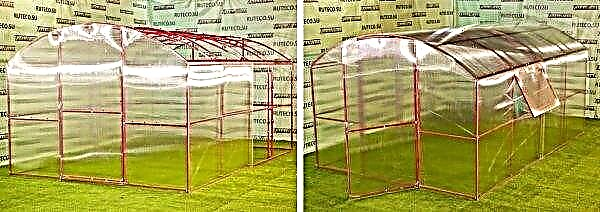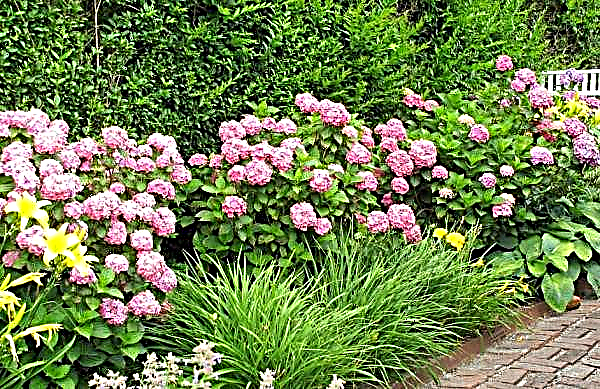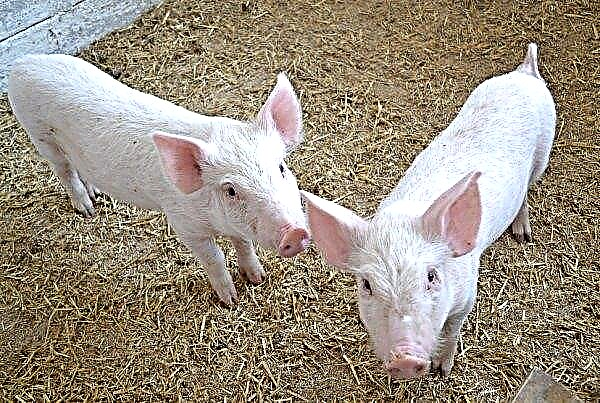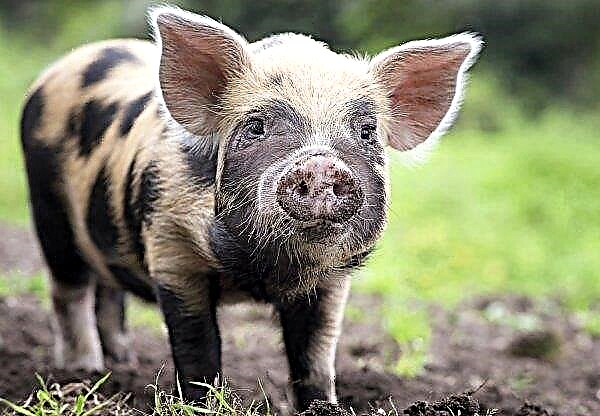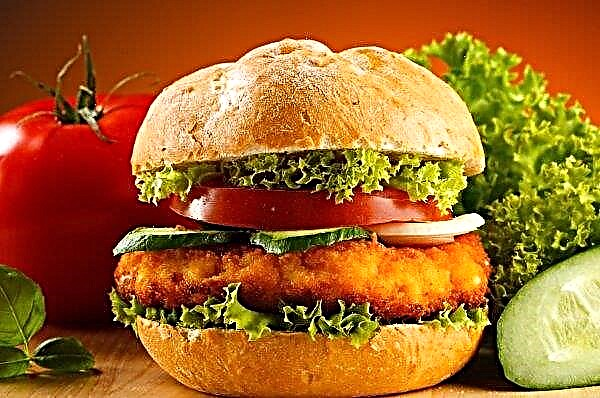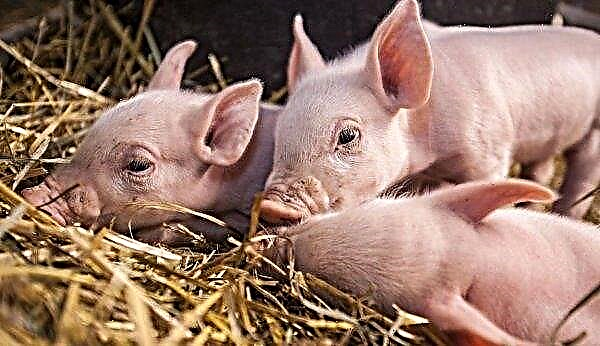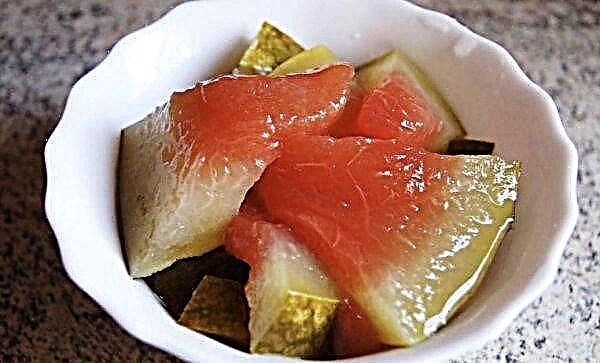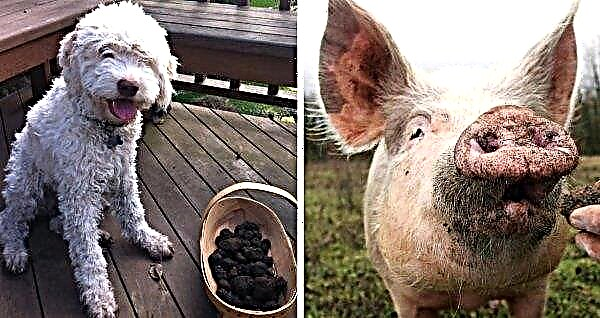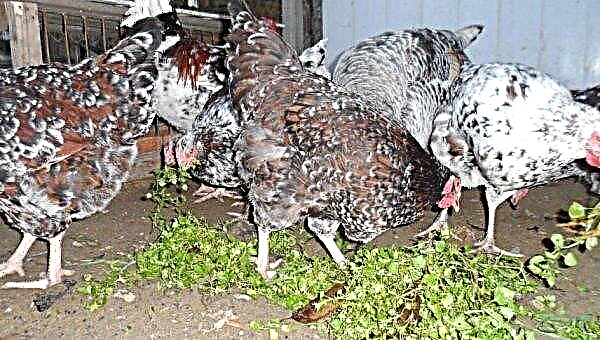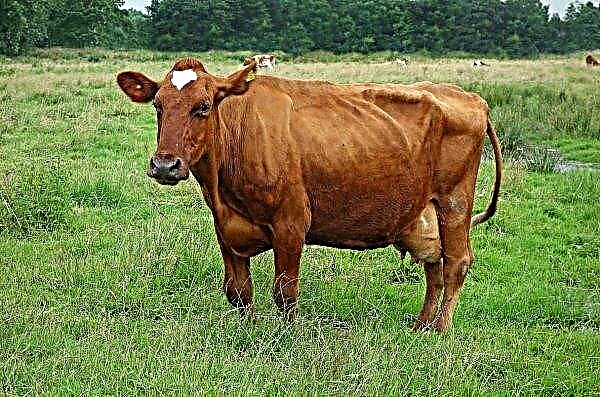Asparagus is appreciated among lovers of tasty and healthy vegetables. In the article you will learn all about asparagus: the chemical composition, types, features of its use in cooking and medicine, the second name of this plant, as well as how to grow asparagus and store the harvest.
What is asparagus
At the beginning of acquaintance with asparagus, you should clarify what kind of plant it is, how it looks, to which department it belongs and where it grows. It is a perennial herb that can reach a height of one and a half meters. The stem of the bush of this plant is branched, divided into a large number of small stems.
It is a dioecious plant of the asparagus family. Male flowers form pollen, while female flowers form small inedible red berries, in which there are up to two seeds. She can live in one place for up to 20 years, which gives her the opportunity to form more than 50 shoots during this period.
Asparagus is a vegetable that is unpretentious, can grow in the wild in Europe, Africa, Asia, and even found in Siberia. These plants tolerate frosts well up to -30 ° C, however, small spring frosts (about -5 ° C) can be harmful to them.
Asparagus as a vegetable can be eaten, it is also sometimes bred as an ornamental plant or grass to flower bouquets.
This plant has another name that seems sophisticated to some, another name for asparagus is asparagus.Did you know? In ancient Greece, asparagus was considered a symbol of love, with its help decoratively decorated the beds of the bride and groom.
The most popular varieties of asparagus are:
- Argentel - this variety has large, light shoots that in the light turn green with a touch of purple;

- Gainlim - differs in good productivity and excellent taste of shoots;

- Mary washington - this variety has beautiful shoots, the pulp has a small amount of fiber;

- snow head - shoots are pointed, have a dense white head.

Chemical composition
Aspartus contains:
- B vitamins, PP, A, C, E;
- minerals: potassium, manganese, calcium, iron, phosphorus, copper, selenium;
- amino acids: asparagine, arginine;
- biologically active substances - flavonoids.
Benefit and harm
Thanks to useful components in its composition, asparagus is an adjunct in the treatment of such diseases:
- edema;
- hypertension;
- constipation
- diabetes;
- inflammation of the kidneys and liver;
- salt deposits.
- Asparagus also has such a positive effect on the body:
- removes bad cholesterol from the bloodstream;
- stimulates the cardiovascular system;
- reduces the risk of clogging of blood vessels, preventing strokes and heart attacks;
- removes toxins from the gastrointestinal tract.
- Contraindications to the use of vegetables are:
- individual allergies;
- cystitis, prostatitis;
- exacerbation of ulcers and gastritis.
Calorie content
Asparagus is a healthy low-calorie product. 100 grams of product contains 20 kcal.
100 grams of asparagus contains the following composition:
- water - 92.63 g;
- proteins - 2.4 g;
- fats - 0.22 g;
- carbohydrates - 2.11 g;
- dietary fiber - 2 g;
- ash - 0.64 g.
What is asparagus
Asparagus is a root crop that comes in three types: white, green, and purple. Let's consider each of them in more detail.
White asparagus
It is considered an exotic plant. To acquire white shoots, asparagus should be grown in the absence of light using earthing up. This method blocks the production of chlorophyll, as a result of which the vegetable will have a delicate taste.
This species of asparagus has long been considered the food of aristocrats. This plant is most popular in Germany. A young white vegetable appears on sale in spring.
Green asparagus
The most common type of asparagus, its homeland is the coast of the Caspian and Mediterranean seas. It is distinguished by a large number of vitamins in the composition, although for a long time this species was considered less useful than white.
This type of plant is very popular among the population of the UK, the crop is harvested from April to July.
Purple asparagus
This species is rare and original. It owes its peculiarity to France, where they invented the technology of its cultivation. In the process of growth, it is alternately in the light, then in the dark. As a result of this, pigmented substances are formed that give the asparagus a dark color and a bitter taste. During cooking, the violet color of the vegetable changes to green.

Application features
Thanks to the useful components in the composition of asparagus, it is successfully used in cooking, medicine, and also when losing weight.
In cooking
Many compare the taste of asparagus with the taste of beans. Due to its rich original taste, asparagus is used in European and Asian cuisine. It is boiled, fried, baked and steamed.
Cooking is one of the easiest ways to cook this vegetable. But in this case, do not forget about the intricacies of cooking. The shoots must be peeled and tied with thread. Pour a small amount of water into the cooking vessel, put asparagus there and cook. White asparagus is cooked on low heat for 10–20 minutes, green - 5–8 minutes. Thus, the stems are cooked, and the upper part of the plant is steamed, and the asparagus will be ready to eat.
Asparagus combines well with seafood, eggs and bacon. In Italy, this plant is added to pizza and pasta, in France it is prepared as a side dish. Asparagus is an ingredient in many salads. A cream soup made from this vegetable is popular, in which you can also add wine, cream or greens.Important! In order not to spoil the asparagus, after cooking it must immediately be put in a pan with ice water. This will help preserve the color, firmness and taste of the product.

In medicine
Doctors advise including asparagus in the diet for diseases:
- of cardio-vascular system;
- gastrointestinal tract;
- nervous system;
- pathologies of the kidneys;
- impaired metabolism and hormonal background.
The drugs are used as a prophylaxis of the formation of stones in the bladder, gout, arrhythmia, tachycardia as part of complex therapy.Did you know? Famous asparagus lovers were Julius Caesar, Louis XIV, Thomas Jefferson and Leo Tolstoy.
Use asparagus and for cosmetic purposes. Brush the skin with a decoction to get rid of inflammation and acne. Fresh juice of the plant is applied to the face for nutrition and hydration, shoots are used to make moisturizing masks.
When losing weight
Due to the low calorie content of asparagus and the large amount of fiber in its composition, this plant helps fight hunger and is useful for people on a diet and overweight. Fiber in the intestines swells, accelerates peristalsis and prevents the occurrence of constipation.
Asparagus also stimulates urination and causes the body to remove excess water. With an asparagus diet, swelling decreases, the body gets rid of excess salt, digestion, metabolism and absorption of trace elements return to normal.

Features of growing and caring for asparagus
For those who want to grow asparagus on their own, you need to clarify how it grows and what actions should be taken to get a healthy vegetable.
Asparagus is planted on neutral soil in a calm place, which is sufficiently illuminated by the sun and protected from the wind. Landing is made in late April - early May. Recesses should be prepared at a distance of 40 to 45 cm from each other, the size of the recesses should be 30 to 30 cm. A mixture of soil, compost and rotted manure should be placed there.
Annual plants are planted, because those that already have two or three years will take worse. When sown with seeds, asparagus is possible no earlier than three years later.
Caring for the plant will not cause great difficulties. It must be weeded manually, fertilized in early spring and after fruiting with chicken droppings or rotted manure. In autumn, you need to dig up the soil to remove the roots of perennial weeds.
If necessary, you need to do the garter shoots to the supports and watering in dry weather. In autumn, the stems that turn yellow must be cut at a height of 2.5 to 5 meters above the ground.
Features of harvesting and storage of crops
Asparagus shoots are collected from the third year. It is necessary to cut off shoots that have reached a length of 15–20 centimeters within 4–6 weeks after fruiting. Shoots from older plants need to be cut off within 8-10 weeks.
Shoots, ideally, should be consumed immediately after harvesting, since storage negatively affects the taste and useful properties of the vegetable.Important! Harvesting asparagus is best done using a special knife for asparagus, it is easy for them to cut the plant at a depth of 2 centimeters underground.
In the absence of such an opportunity, follow the simple rules of storing the vegetable:
- The shoots should be wrapped in a damp cloth and put in the refrigerator. This simple way will help to keep asparagus up to 2 days.
- It is necessary to update the slices of asparagus and put them in jars of clean water, which should be 2-3 cm above the base of the shoots. Cover the jar with foil and place in the refrigerator. Therefore, asparagus can be stored for up to 7 days.
- Wash the shoots, renew the cuts and pour boiling water over the plant, after 3 minutes, throw them in a colander and pour cold water on them. Then it is necessary to drain the water, place the shoots in the bags for the freezer and put them in the freezer. This will keep the vegetable healthy for a long time.
- Canning. This allows for long-term storage of asparagus, however, using this method, you should be aware that with such storage, pickled vegetables lose a significant part of their beneficial properties and their original taste.
Video: Harvesting and Cooking Asparagus
Asparagus is appreciated for its taste and a large number of useful properties, thanks to which it is used in cooking and medicine. Knowing the features of asparagus care, you can independently grow this vegetable in your garden and add it to the diet without extra costs.





